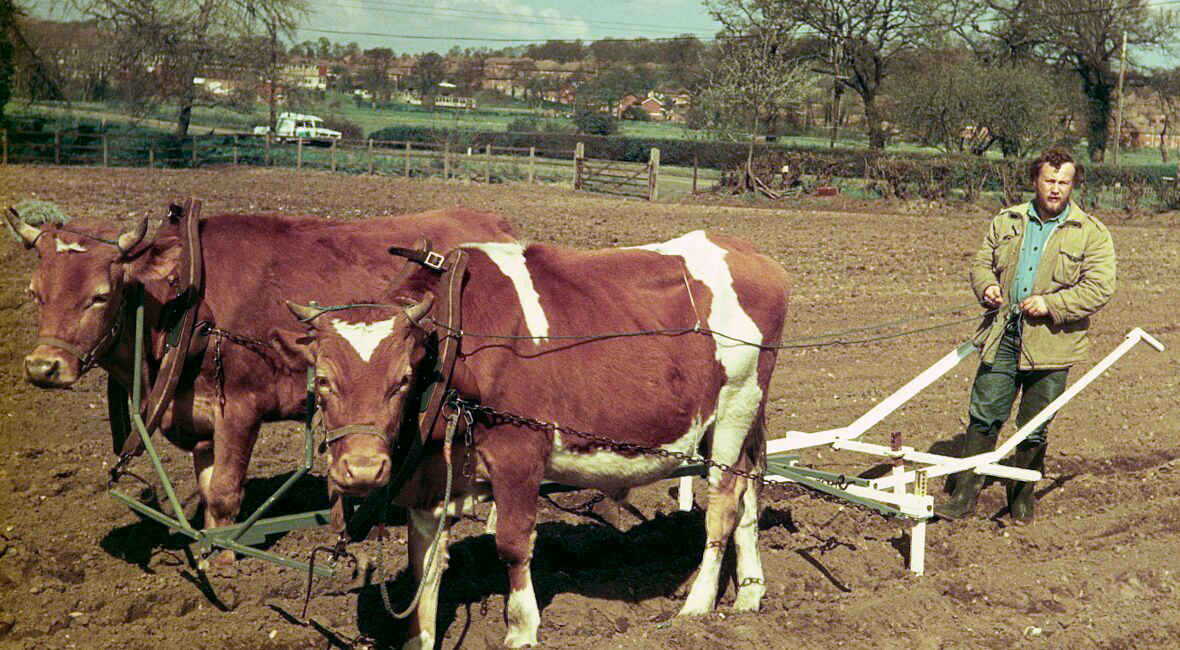
I returned to the UK in 1976 after spending two years in Upper Volta (Burkina Faso). It had been an amazing experience, ostensibly training local counterparts in animal husbandry. It soon became clear, however, that I had little to offer as they already had a sound technical knowledge and, as importantly, an awareness of the local environment and farming system. I fitted in where I could by contributing to the management of the local rural development project. In the process I learned a lot about the local farming system, in particular the introduction and use of animal traction – needless to say these were areas completely outside my previous experience as a dairy herdsman in Wiltshire! Personally, I benefited much from my assignment but I doubted whether Upper Volta gained very much from me. I returned with many questions regarding the point of it all.
What to do now? By chance I met Dr Randall Baker from DEV who was undertaking an evaluation of the British Volunteer Programme. He suggested that I might benefit from taking the DEV undergraduate course.
At the interview, to my surprise, a great deal of interest was shown in my practical experience in working with oxen – it seemed that DEV needed someone to train their two Guernsey bullocks on the recently created DEV Farm. Guernseys did not strike me at the time as the best choice of breed for bovine draught tillage, being light-weight and nervous. However, that’s what we had and with other keen participants (Martin Wallis, Roger Fredenburgh) we got on with the training and had some good results.
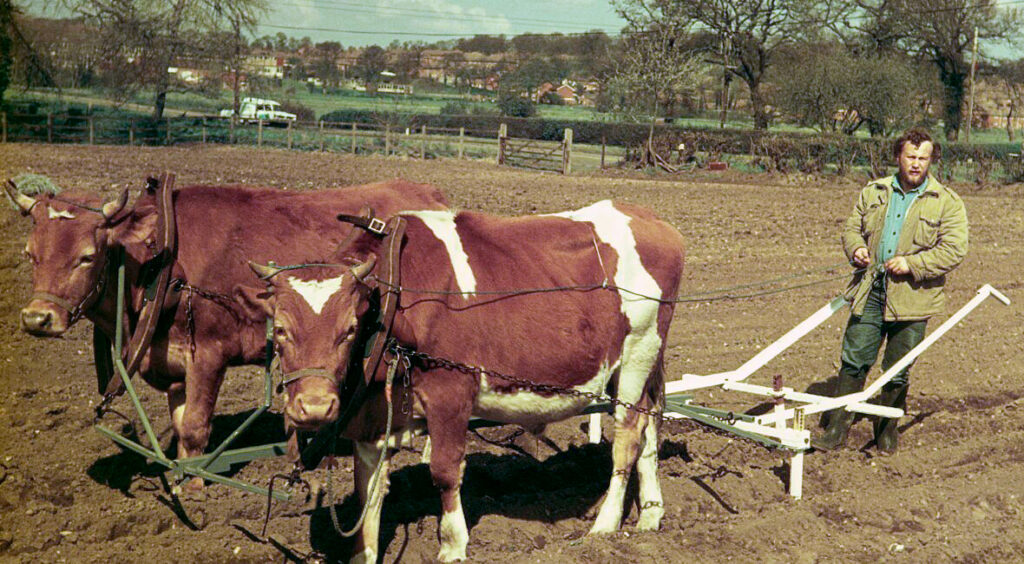
As the project continued we built and developed, albeit not very successfully, various pieces of equipment for the oxen to pull. The equipment frequently had bits fall off, bent or snapped. I don’t think we were ever going to win any design awards. But it was fun and a welcome relief from the more cerebral demands of the course which, frankly, I found challenging.
Others (David Barton, Jean-Paul Jeanrenaud) soon began to take an interest in the farm, quickly picking up (the ropes) the basic skills in ox handling and making a valuable contribution to the necessary regular exercising of the animals.
For me, the two best aspects of the DEV Farm were:
(1) the people I met there. I hope they all enjoyed the farm as much as I did, I certainly enjoyed their company and friendship.
(2) the welcome relief it provided from the rigours of, amongst many other tasks, “assessing the epistemological worth of abstract labour and diminishing and marginal utility”.
I still struggle with that one and I am confused about the whole aid ethic. But the farm was great and I look back on my time in DEV and the Dev Farm with fond memories.
Adrian Friggens.
Nottingham
May 2023.


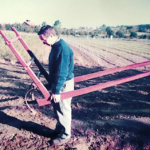
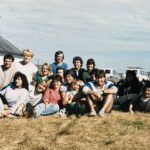
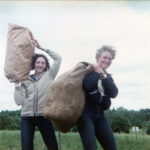

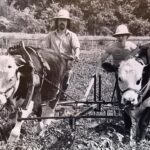
They were Guernsey bullocks bred by Anne and Nigel Kennard from near Harleston.
Thanks to Sonja Gaffer (nee Platten) who has supplied the information that our first bullocks were Guernseys bred by Anne and Nigel Kennard near Harleston.
Note: I did not want a heavy breed, and wanted to have lighter animals as found in Bangladesh for example.
Most of the oxen that I trained in Africa weighed around 225 to 275 kg [rather less than Gunder & Frank]. Weight was not the sole criterion for suitability as draught animals, conformation and ‘temperament’ were also important factors (Left and Right were not as ‘nervous’ as Gunder and Frank) and ‘temperament’ itself was not set in stone – with sympathetic handling even ‘temperamental’ oxen can be trained with a combination of voice command and light rein control.
Great photo Adrian, that’s how I remember you. I think the Guernseys may have gone by the time I got involved?